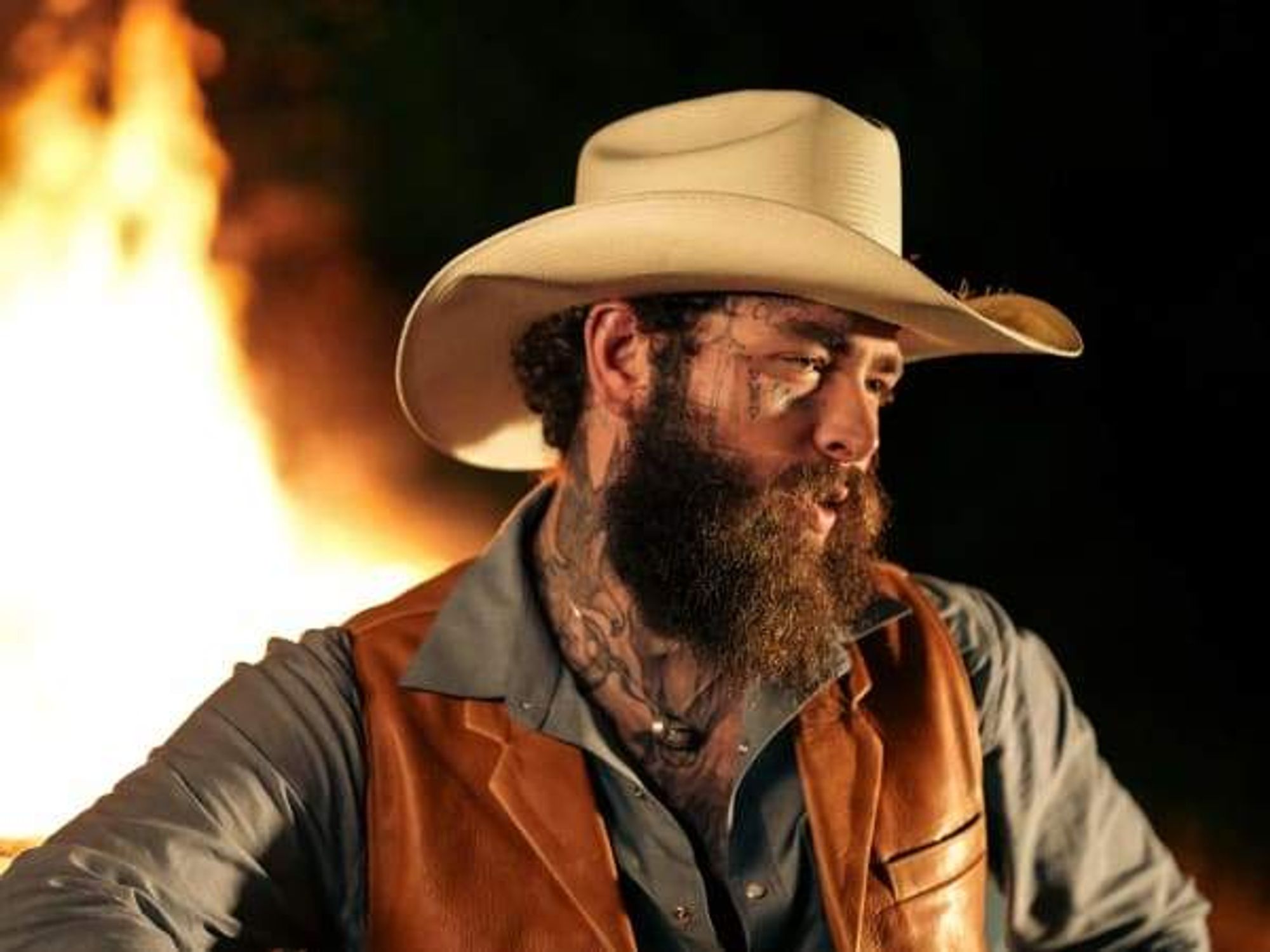Money Talks
Why Mark Cuban is wrong and Jerry Jones is right about NFL's future
Mark Cuban isn't putting much stock in the future of the NFL. In fact, he's predicted the league's implosion in just 10 years.
In his rant against the direction of the NFL, Cuban focuses on a greedy TV model potentially saturating the market and turning off viewers. "You shouldn't try to get every last second of a person's attention or every last penny that you can squeeze from them," Cuban said.
Time will tell if Cuban's theory has legs, but the Dallas Cowboys have other financial models to focus on right now. Lately the Cowboys have been caught in an awful salary-cap malaise, forcing the team to shave millions of dollars of salary by early March and, in some cases, making extraordinarily tough decisions on whether to keep top players.
The NFL business model and the new collective bargaining agreement may allow Jones to open up his wallet again.
But starting next season that may change, and it isn’t just because cutting DeMarcus Ware saved the Cowboys $17.5 million in cap money for the 2015 season. No, it’s the NFL business model and the new collective bargaining agreement that may allow Jones to open up his wallet again.
We saw that "business model" impact the salary cap for 2014. Before the scouting combine, NFL experts thought the cap would be about $126 million. By the end of the combine, the cap moved up to $133 million.
That probably saved the Cowboys from cutting at least one player and restructuring one contract. It was the difference between their being anywhere from $22 million to $25 million over the cap to being just $17 million over the cap.
It was a surprise the number grew as quickly as it did, especially when compared to how the cap rose in the first three years of the new collective bargaining agreement — from $120 million in 2011 to $120.6 million in 2012 to $123.6 million in 2013. The cap crawled for the first three seasons and then took a $10 million jump. Why?
According to NFL Players Association spokesman George Attalah, the league and the NFLPA were just playing the waiting game. When the league agreed to the new collective bargaining agreement in 2011, the country was still digging out of a recession, and the league was emerging from an owner-imposed lockout. Corporate sponsors held back money during the lockout and recession and didn’t start spending again until recently.
"We knew at the time, in 2011, that once the agreement was hammered out, revenues would grow at a healthy rate during the 10-year period," Attalah told NFL.com earlier this month.
The NFL made $10 billion last year and, according to a report by ESPN.com’s Jarrett Bell, those revenues could jump to as much as $25 billion by 2025. The league is making gobs of money, and the players will benefit because the mix of revenue used to figure player salaries has changed.
In the old CBA, owners received $1 billion off the top of league revenue and then shared the remainder. In the new agreement, the players receive 55 percent in TV revenue, 45 percent in NFL properties revenue and 40 percent in local revenue.
A good example of how this impacts player salaries came recently when the NFL sold part of its Thursday night TV rights to CBS. The terms aren’t known, but it’s believed other networks bid as much as $300 million for the one-season contract. If that number is accurate, then an extra $165 million goes into the player salary pool in 2015.
Cuban didn't mince words in his assessment of the deal. "Pigs get fat. Hogs get slaughtered," he said. Jones, a former Arkansas Razorback, told the Dallas Morning News he's aiming to make the Cowboys "lean and mean."
"I know more about pigs than Mark does. I was taught as a Razorback to be lean and mean, not a little fat pig," Jones quipped.
In 2015, most NFL experts believe the salary cap will rise to at least $140 million. Let’s assume a $10 million jump to $143 million, which appears possible. The two most prominent player salary tracking sites, Spotrac.com and OverTheCap.com, have the Cowboys sitting on anywhere from $118 million to $120 million in cap money that season.
Assuming our estimated cap figure is correct, the Cowboys are already $23 million to $25 million under the cap. Now, that doesn’t count rookie salaries, nor does it count two big contract extensions that must be completed for left tackle Tyron Smith and wide receiver Dez Bryant. But even with all of that, there’s a solid chance the Cowboys could be under the cap next offseason.
The money situation gets rosier in 2016. Assuming another jump to approximately $153 million for 2016 and the Cowboys, at this time, have approximately $88 million committed to player salaries, that's a difference of about $65 million.
This all assumes the NFL business model continues to squeeze every last penny out of NFL fans. The league could expand; commissioner Roger Goodell clearly has his eye on England. Plus, if one or two teams decide to move to Los Angeles, which is a distinct possibility, the TV contracts will take another jump.
Cuban points out that audiences for NFL games decrease exponentially from Sunday to Monday to Thursday. "How many days of NFL football are too many?" Cuban asks.
For now, Jones and the rest of the NFL are banking on the idea that fans will tune into more games. Of course, there’s no way to know for sure if Jones and company will actually spend the money wisely. But the odds of their being able to spend more than the NFL equivalent of the quarter you might find in your sofa cushion appear to be getting better.




